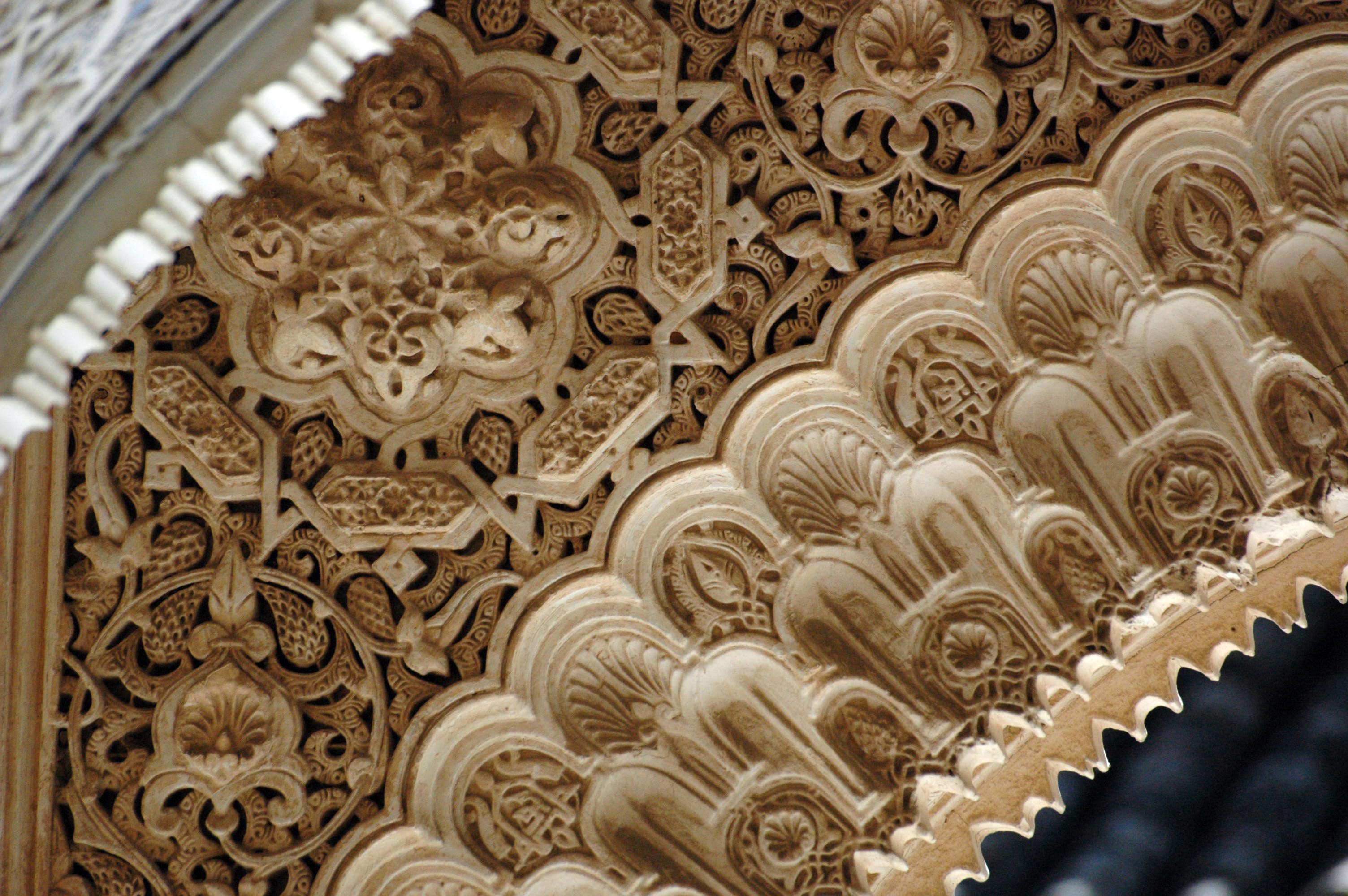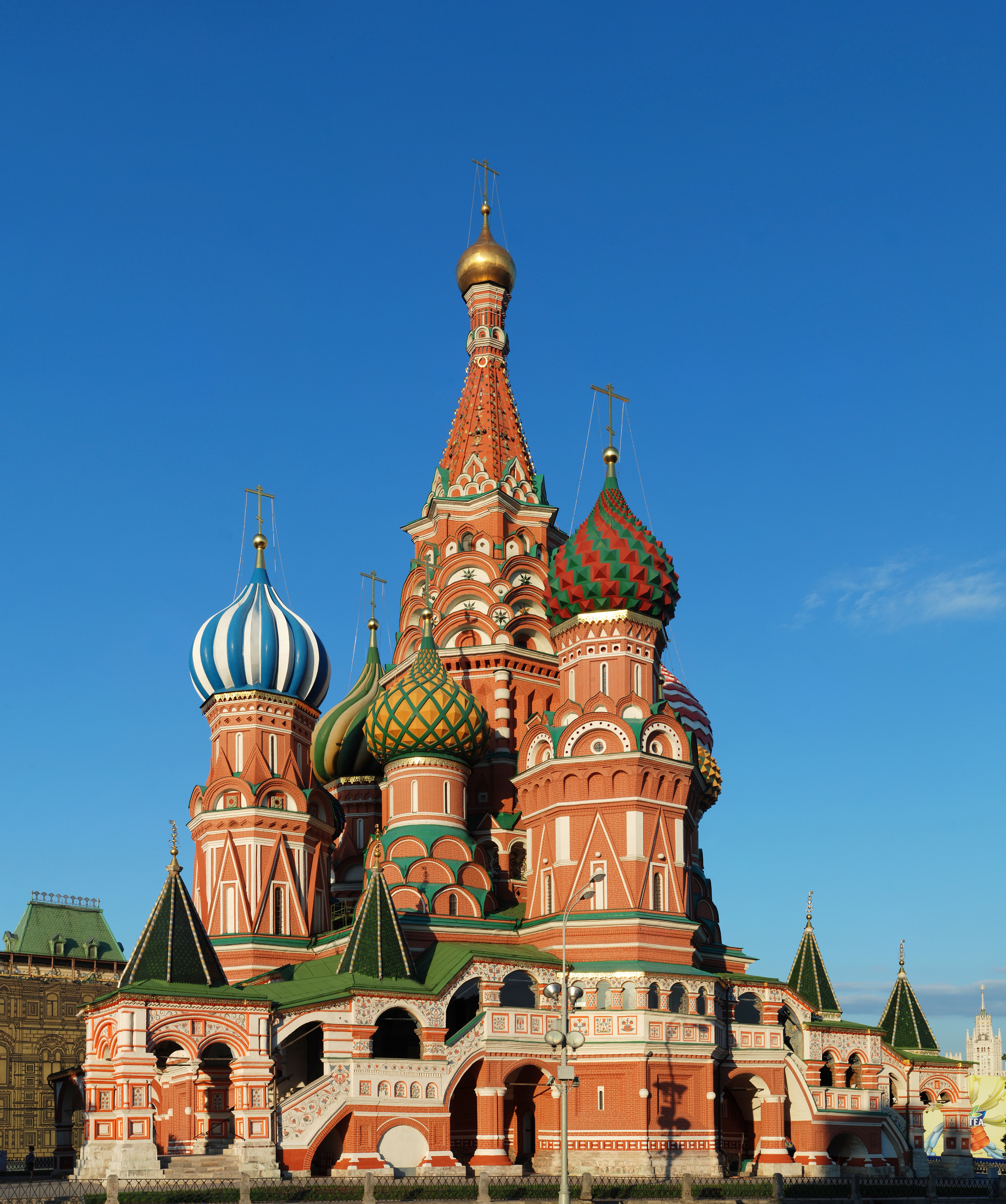|
Chechen Art
Chechen art is the historical and present art form representing Chechnya or the Chechen Republic. This type of art is a part of Chechnya's tangible cultural heritage, showing its deep history. Being formed centuries ago, Chechen art has been dated back to the Early Bronze Age. Chechens have used art to express their culture, beliefs, customs, and history. An important message shown in this art are Chechen religious beliefs, especially in their rituals and legends. Like in many other ancient cultures, Chechen decor is shown with symbols idealizing their everyday life and roles, such as hunting, farming, and religious rituals. History Whether looking at Chechen art in the Bronze Age or the present, there is still a strong Eastern influence with other groups, including Muslim art, Muslims and Russian art, Russians. In the era of the early Bronze Age, Chechen artifacts found were pottery, ceramics, obviously, bronze and metal objects. Chechen people would carve symbols in these cerami ... [...More Info...] [...Related Items...] OR: [Wikipedia] [Google] [Baidu] |
Chechnya
Chechnya, officially the Chechen Republic, is a Republics of Russia, republic of Russia. It is situated in the North Caucasus of Eastern Europe, between the Caspian Sea and Black Sea. The republic forms a part of the North Caucasian Federal District, and shares land borders with Georgia (country), Georgia to its south; with the Russian republics of Dagestan, Ingushetia, and North Ossetia–Alania to its east, north, and west; and with Stavropol Krai to its northwest. After the dissolution of the Soviet Union in 1991, the Chechnya and Ingushetia in the Soviet Union, Checheno-Ingush ASSR split into two parts: the Republic of Ingushetia and the Chechen Republic. The latter proclaimed the Chechen Republic of Ichkeria, which declared independence, while the former sided with Russia. Following the First Chechen War of 1994–1996 with Russia, Chechnya gained ''de facto'' independence as the Chechen Republic of Ichkeria, although ''de jure'' it remained a part of Russia. Russian ... [...More Info...] [...Related Items...] OR: [Wikipedia] [Google] [Baidu] |
Bronze Age
The Bronze Age () was a historical period characterised principally by the use of bronze tools and the development of complex urban societies, as well as the adoption of writing in some areas. The Bronze Age is the middle principal period of the three-age system, following the Stone Age and preceding the Iron Age. Conceived as a global era, the Bronze Age follows the Neolithic, with a transition period between the two known as the Chalcolithic. The final decades of the Bronze Age in the Mediterranean basin are often characterised as a period of widespread societal collapse known as the Late Bronze Age collapse (), although its severity and scope are debated among scholars. An ancient civilisation is deemed to be part of the Bronze Age if it either produced bronze by smelting its own copper and alloying it with tin, arsenic, or other metals, or traded other items for bronze from producing areas elsewhere. Bronze Age cultures were the first to History of writing, develop writin ... [...More Info...] [...Related Items...] OR: [Wikipedia] [Google] [Baidu] |
Muslim Art
Islamic art is a part of Islamic culture and encompasses the visual arts produced since the 7th century CE by people who lived within territories inhabited or ruled by Muslim populations. Referring to characteristic traditions across a wide range of lands, periods, and genres, Islamic art is a concept used first by Western art historians in the late 19th century. Public Islamic art is traditionally non- representational, except for the widespread use of plant forms, usually in varieties of the spiralling arabesque. These are often combined with Islamic calligraphy, geometric patterns in styles that are typically found in a wide variety of media, from small objects in ceramic or metalwork to large decorative schemes in tiling on the outside and inside of large buildings, including mosques. Other forms of Islamic art include Islamic miniature painting, artefacts like Islamic glass or pottery, and textile arts, such as carpets and embroidery. The early developments of Islamic art ... [...More Info...] [...Related Items...] OR: [Wikipedia] [Google] [Baidu] |
Russian Art
Russian culture ( rus, Культура России, Kul'tura Rossii, kʊlʲˈturə rɐˈsʲiɪ) has been formed by the nation's history, its geographical location and its vast expanse, religious and social traditions, and both Eastern culture, Eastern and Western culture, Western influence. Cultural scientists believe that the influence of the East was fairly insignificant, since the Mongols did not coexist with the Russians during conquest, and the indigenous peoples were rather subjected to reverse cultural assimilation. Unlike the Scandinavian and more Western Europe, western neighbors, which have become the main reason for the formation of modern culture among Russians. Russian Russian literature, writers and Russian philosophy, philosophers have played an important role in the development of Western philosophy, European thought. The Russians have also greatly influenced classical music, Russian ballet, ballet, theatre, List of Russian artists, painting, Cinema of Russia, ... [...More Info...] [...Related Items...] OR: [Wikipedia] [Google] [Baidu] |
Middle Ages
In the history of Europe, the Middle Ages or medieval period lasted approximately from the 5th to the late 15th centuries, similarly to the post-classical period of global history. It began with the fall of the Western Roman Empire and transitioned into the Renaissance and the Age of Discovery. The Middle Ages is the middle period of the three traditional divisions of Western history: classical antiquity, the medieval period, and the modern period. The medieval period is itself subdivided into the Early, High, and Late Middle Ages. Population decline, counterurbanisation, the collapse of centralised authority, invasions, and mass migrations of tribes, which had begun in late antiquity, continued into the Early Middle Ages. The large-scale movements of the Migration Period, including various Germanic peoples, formed new kingdoms in what remained of the Western Roman Empire. In the 7th century, North Africa and the Middle East—once part of the Byzantine Empire� ... [...More Info...] [...Related Items...] OR: [Wikipedia] [Google] [Baidu] |
Grozny Museum
Grozny (, ; ) is the capital city of Chechnya, Russia. The city lies on the Sunzha River. According to the 2021 census, it had a population of 328,533 — up from 210,720 recorded in the 2002 census, but still less than the 399,688 recorded in the 1989 census. It was previously known as (until 1870). Names In Russian, "Grozny" means "fearsome", "menacing", or "redoubtable", the same word as in Ivan Grozny (Ivan the Terrible). While the official name in Chechen is the same, informally the city is known as "" (""), which literally means "the city () on the Sunzha River ()". In 1996, during the First Chechen War, the authorities of the Chechen republic of Ichkeria renamed the city Dzhokhar-Ghala (), literally Dzhokhar City, or Dzhokhar/Djohar for short, after Dzhokhar Dudayev, the first president of the republic, killed by the Russian armed forces. In December 2005, the Chechen parliament voted to rename the city "Akhmad-Kala" (after Akhmad Kadyrov)RIA NovostiCity of ... [...More Info...] [...Related Items...] OR: [Wikipedia] [Google] [Baidu] |



